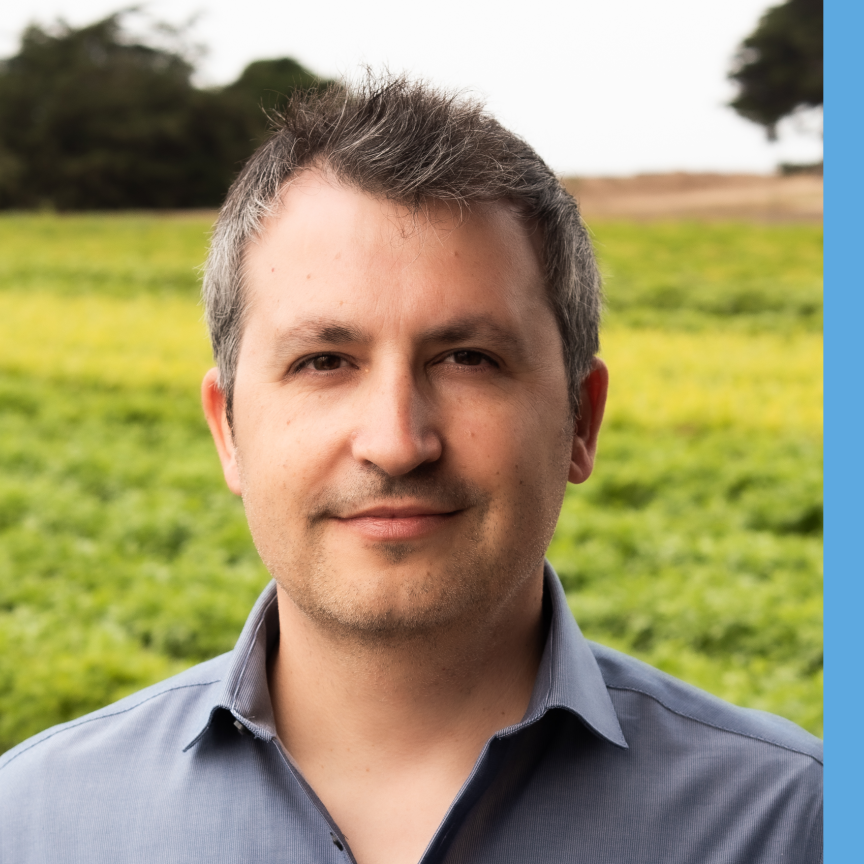Researchers at SINTEF Fisheries and Aquaculture, a Scandinavia research organisation, are working to automate fish processing in Norway to make it more economical. The aim is to stop fish being sent to low-cost countries such as China or in Eastern Europe for filleting and packaging.
‘Norway exports only between 10 to 25 per cent processed products, depending on whether we are talking about whitefish or farmed fish,’ said research manager Marit Aursand at SINTEF Fisheries and Aquaculture. ‘Many of our most important seafood products, such as salmon, cod and herring, undergo only minimal processing before they are sent abroad.’
In the last 40 years, the number of whitefish processing facilities in Norway has been reduced from 100 to just 10.
Aursand and her team have started developing technologies and machines to make fish handling less work-intensive. These include a robot which can both bleed farmed fish and trim the fillets, as well as advanced camera technology and pattern recognition used to analyse each fish as it passes along the line.
Machine vision can assess whether the fish on the production line is a cod or a saithe, any damage to the fish, as well as the fishes’ weight so that they can be sorted automatically into weight classes.
Automation can also lead to major savings when it comes to manually-intensive operations such as bone removal and trimming. Machine vision can be used in almost all processes carried out in onshore facilities – from slaughtering, sorting, bone removal and filleting, to portioning and packing.
SINTEF researchers have also initiated projects linked to operations at sea. Their ambition is to automate the immediate handling of fish on board vessels. Machine vision is also the key technology here.
A bonus resulting from the increased handling of raw fish in Norway will be that the processing industry will have greater access to waste raw materials. ‘Waste raw materials make up between 30 and 50 per cent of round fish mass and represent a significant source of protein, unsaturated fats and biochemicals – with added economic value,’ said Aursand.
The researchers believe there is a need for an intensification of research into new processes, automation, and technologies linked to robotics, sensors and image processing. ‘The industry acknowledges the need for automation, and we researchers are ready to meet the challenges,’ said Aursand. ‘It all depends on funding,’ she added.

